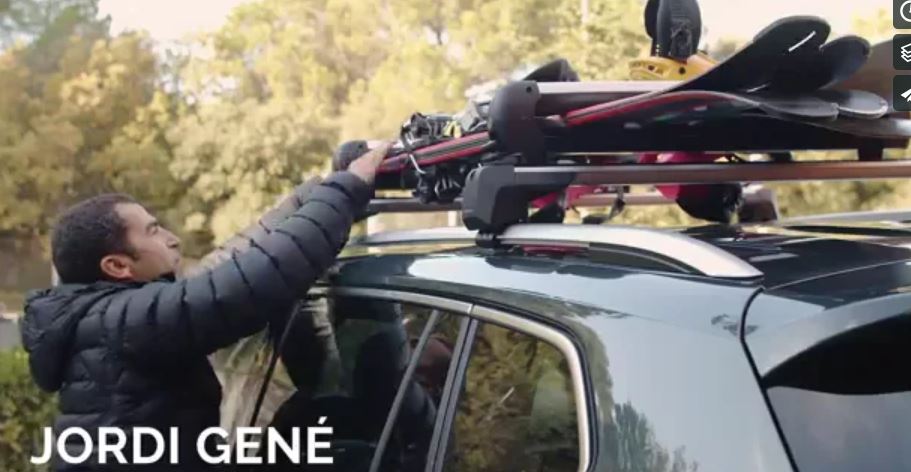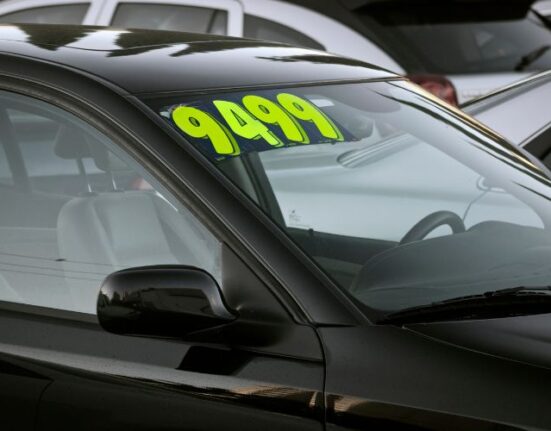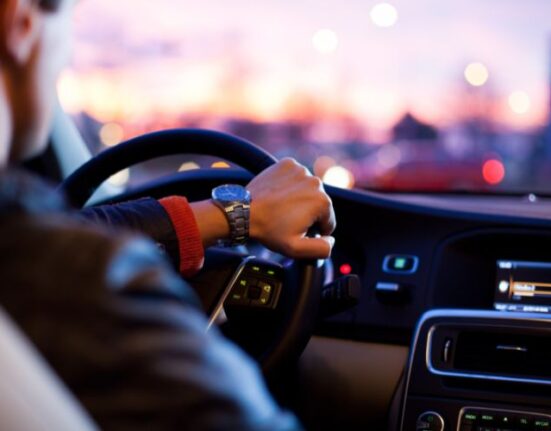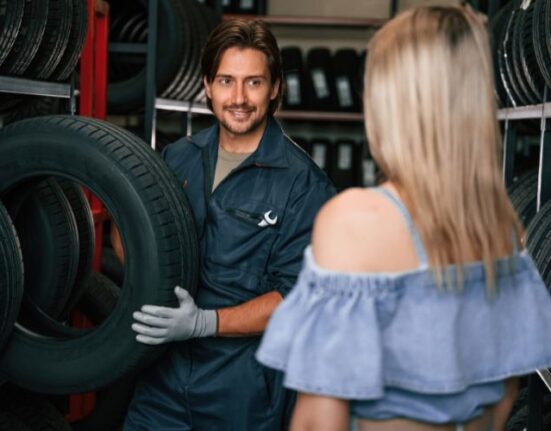- Correctly stowing your cargo is key to enjoying your time in the snow
- Skis, poles, snowboards…up to 30 more items of equipment and personal gear with different options for loading and transporting them
- An incorrectly fastened 5 kg pair of skis ends up weighing 150 kg in a collision at 50 km/h
- Tyre pressure, chains or winter tyres and the safety distance are all essential for a carefree winter sport getaway
Martorell, 20/12/2019. The ski season has begun and everything is ready to have fun on the slopes – snowboards, skis, poles, headgear, boots…The list of equipment can easily amount to more than 30 items. How do you put them all in the car in the safest, most comfortable way? Below are the answers to 5 of the most common questions by skiing enthusiasts so that all they can concentrate on getting the most out of their favourite winter sport.
1. What kind of ski rack is the best?
Roof rail mounted, spare wheel mounted, trailer hitch mounted or magnetic – there are four kinds of ski racks to suit different needs. The magnetic ski rack, for example, is a good solution for occasional skiers as it is easy to install but driving faster than 90 km/h is not recommended and it is less safe in the event of an accident. The roof rail and trailer hitch mounted versions are the most practical for avid skiers. The SEAT Tarraco can accommodate both types and transport up to 6 pairs of skis or 4 snowboards. “If you choose a roof mounted rack, the tips of the skis should point to the rear”, explains driving expert and skiing enthusiast Jordi Gené.
2. Can I carry them inside my car?
Yes, and a ski bag is the perfect ally in this case. Skiers with a vehicle that has a folding rear seat can carry their skis or snowboards inside as long as they are in their carry bags and firmly fastened to the vehicle.“Leaving them loose poses a serious risk to occupants, as a pair of 5 kg skis can end up weighing 150 kg in a collision at 50 km/h”, Jordi warns.
3. How should I transport the rest of my gear?
The rest of your equipment should also be properly stowed in the boot space. Heavy items such as boots should go at the bottom in the rear to prevent them from shifting, with lighter articles such as headgear and poles on top of them, but never on the rear parcel shelf as they could injure someone in the event of sudden braking or a collision. Jordi also mentions another piece of equipment you should always have in the boot if your car isn’t equipped with snow tyres: “The snow chains should always be handy so you spend the least time possible at the side of the road when it’s time to put them on.”
4. And what if I need more space?
The answer is a roof box. The main advantage is that it frees up space in the boot, and it’s big enough to hold skis, snowboards and the rest of your equipment. And remember, choosing a roof box with a low profile, like the one on the SEAT Tarraco, alters the car’s aerodynamics less and therefore doesn’t greatly increase fuel consumption.
5. Do I have to drive in a different way?
All of these elements (ski racks, roof box, fully laden boot…) have an impact on driving, so you should take extra precautions. In the first place, before setting out, make sure to check that the tyre pressure is adequate for a fully loaded car. Secondly, “try to avoid sudden braking and abrupt movements of the steering wheel that could cause luggage and gear to shift. And keep in mind that a fully loaded car slows down braking time, so maintain a more than adequate safety distance”, warns the driving expert.
Moreover, when there is snow on the road you must take great care and anticipate low grip conditions like high humidity or icy patches. It’s important to have a full tank of fuel, as “in the event of mechanical failure or any incident, you can keep the heat turned on until help arrives”, explains Jordi. And one final tip: don’t wear your coat while driving as this restricts your freedom of movement to be able to react easily in any situation.
5 must-see ski resorts
- Chamonix Mont Blanc (France)
- Val Gardena (Italy)
- Saas Fee (Switzerland)
- St. Anton am Arlberg (Austria)
- Baqueira – Beret (Spain)

















